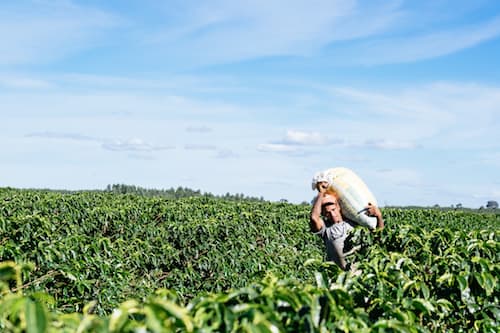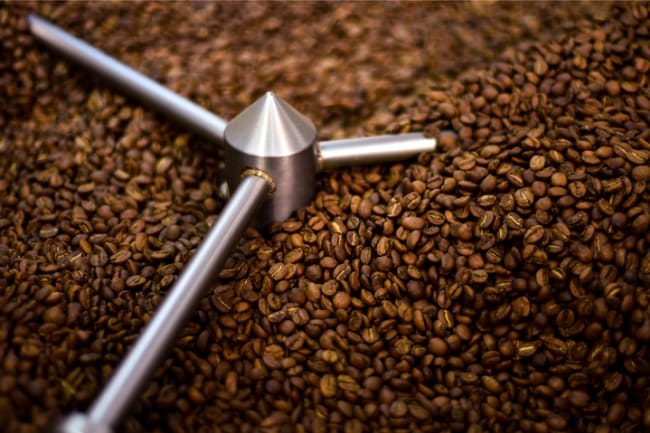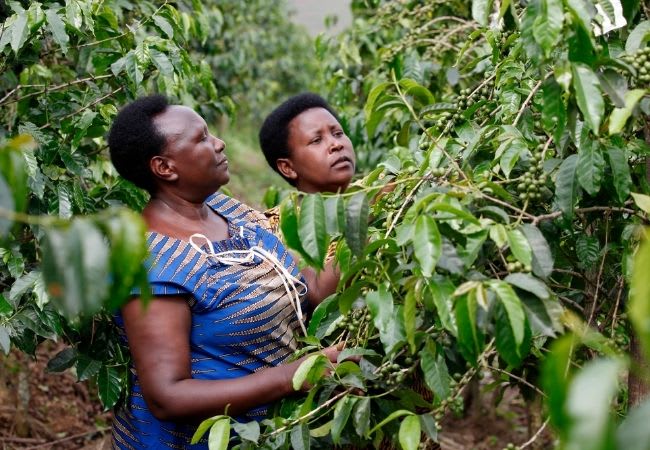Watching the news is pretty stressful lately.
Whether it’s (a lack of) Brexit developments, Trump’s latest fanatical fixation, or the state of the pound sterling, things don’t look great. And the sight of the Amazon rainforest on fire isn’t really helping matters…
Brazil’s had a rough time of it, weather-wise. From the ‘earth’s lungs’ burning, to the worrying cold snap experienced earlier in the year, make no mistake - climate change is at least partially the culprit.
The Amazon on fire
Fires are not an unusual thing in the Amazon rainforest - both accidental, and purposefully lit ones. The former is a result of the dry season and soaring heat, the latter in a bid to clear trees for grazing livestock or planting crops.
But there’s reportedly been an 84% rise in said fires since 2018. And that’s pretty concerning.
With Greenpeace warning that “forest fires and climate change operate in a vicious cycle” - as fires boost greenhouse gasses, which boosts temperatures, which boosts fires - and resulting carbon monoxide reported to have spread beyond South America’s coastlines, this is an issue which has caused worry worldwide.
After all, 20% of the world’s oxygen and 10% of its biodiversity comes from The Amazon. Like the natural equivalent of earlier this year when Notre-Dame suffered a large fire, the world is mourning the destruction of such an example of the earth’s beauty.
While Brazil’s president has come under fire for allegedly encouraging deforestation practices that have been blamed for the inferno, it’s clear that at any rate it’s time to start taking extreme weather events seriously.
Unexpected hard frost
On the other side of the fence, climate change can (much to ‘global warming’ deniers’ surprise) cause extreme cold weather conditions too. As Brazil was all too aware of earlier this year, when a huge frost struck unexpectedly.
Unfortunately for coffee farmers, this included the South Minas region - where a large amount of Brazil’s coffee is grown. So what did this frost mean for them?
Frost damage is a real thing for coffee trees. It turns the leaves black, they died, and the trees stop growing cherries properly. It means trees that should be ripening don’t at the same rate, resulting in both overripe and underripe cherries being picked. And that means both quantity and quality of coffee drops dramatically.
Not only is that a major issue, but it also affects the price that coffee is sold for on the C-Market preemptively (this is a great article on it) as buyers anticipate the available supply of coffee rising and falling.
Interestingly our Head of Coffee, Will, happened to be in Brazil during this time. He witnessed tractors full of underripe coffee, and saw some minor effects of frost damage on trees in Planalto itself - though he says it was the market reaction that had the most dramatic effect on farmers.
But whatever the implications, one thing is clear. In many, many ways climate change is making itself known not just in Brazil, but in the world.
And you should care - not just because it will have an impact on your cup of coffee, but because it will change all of our lives.







